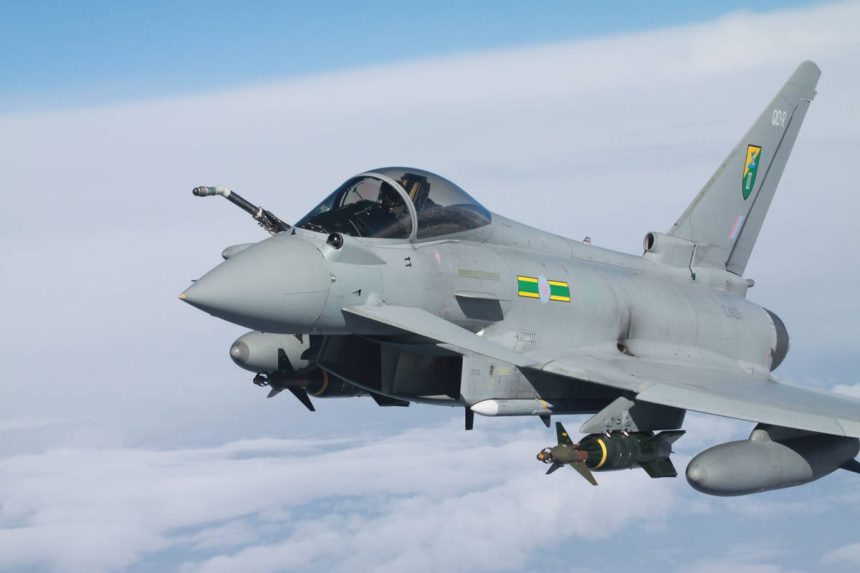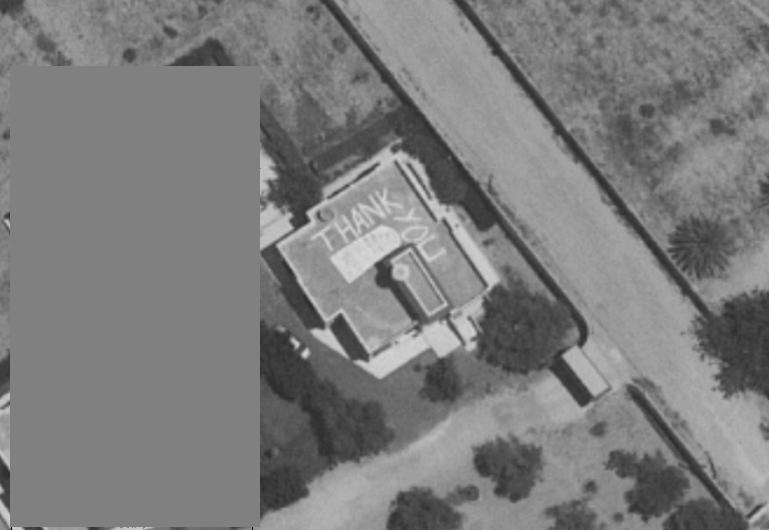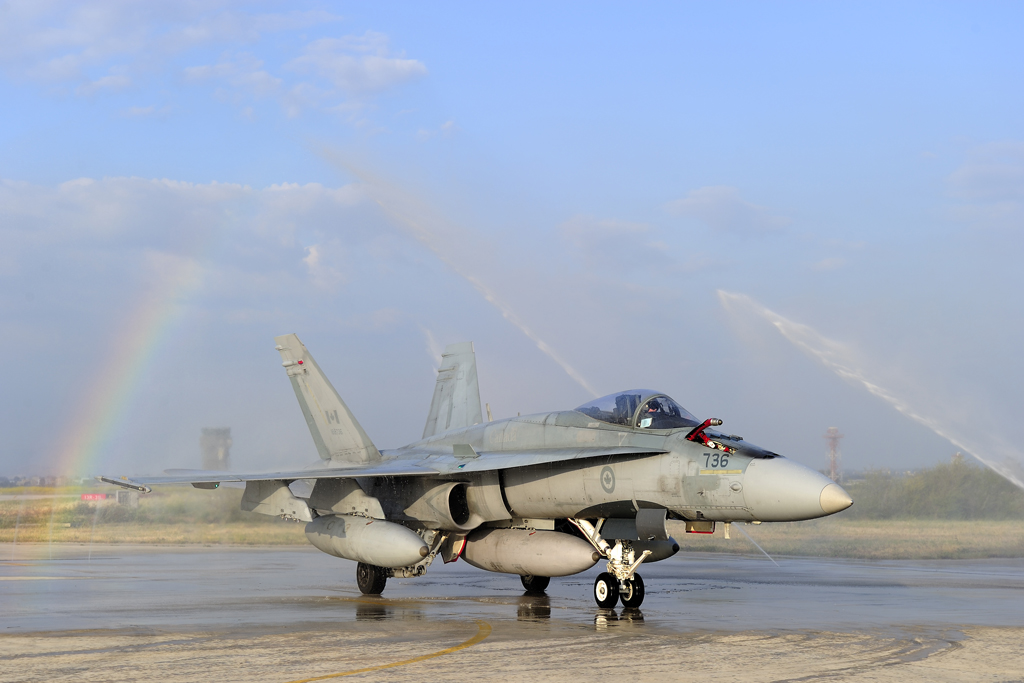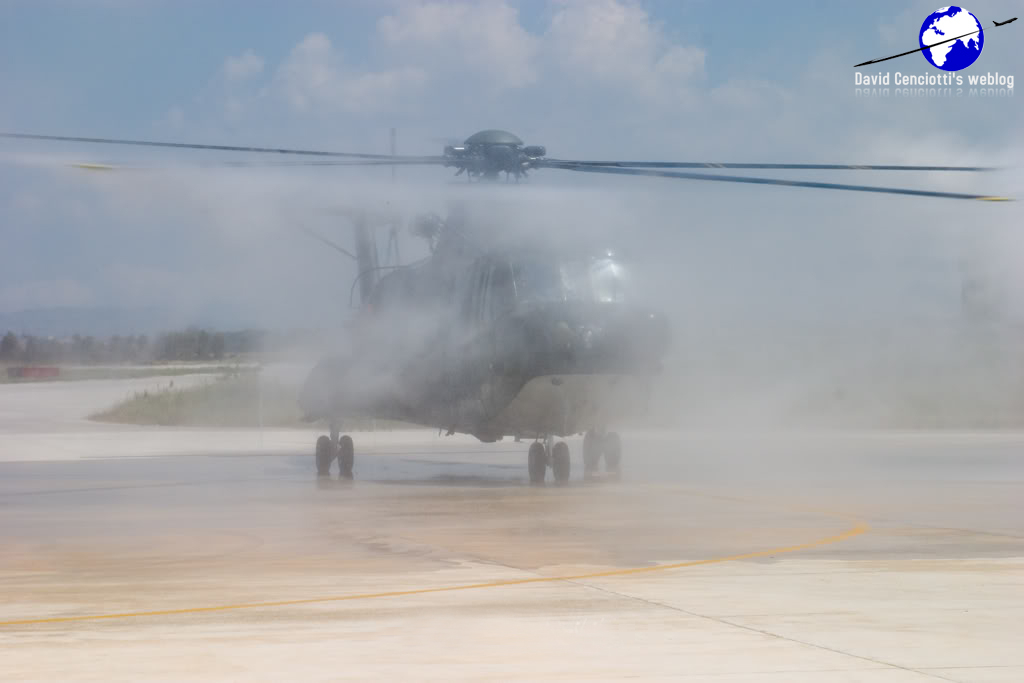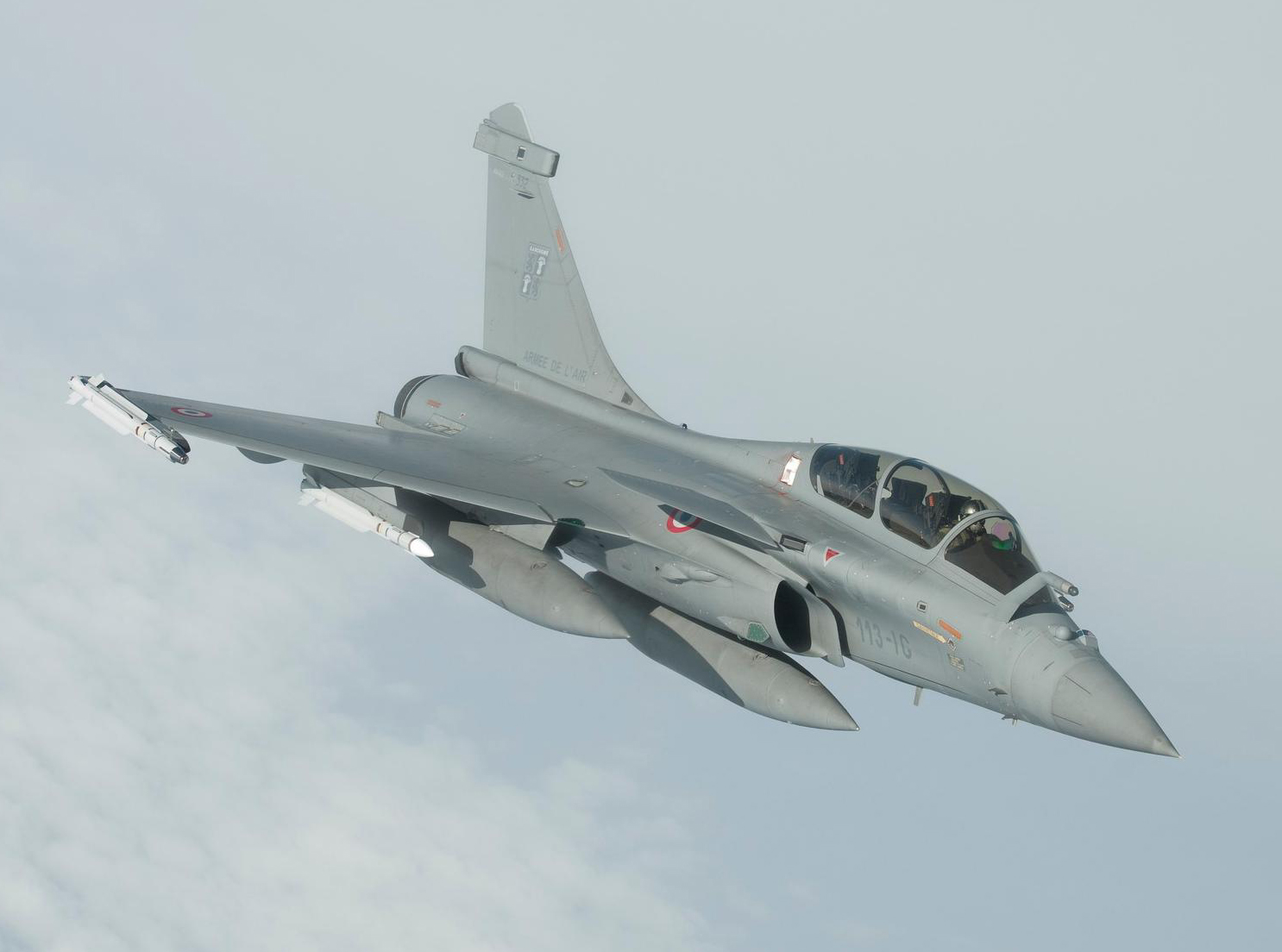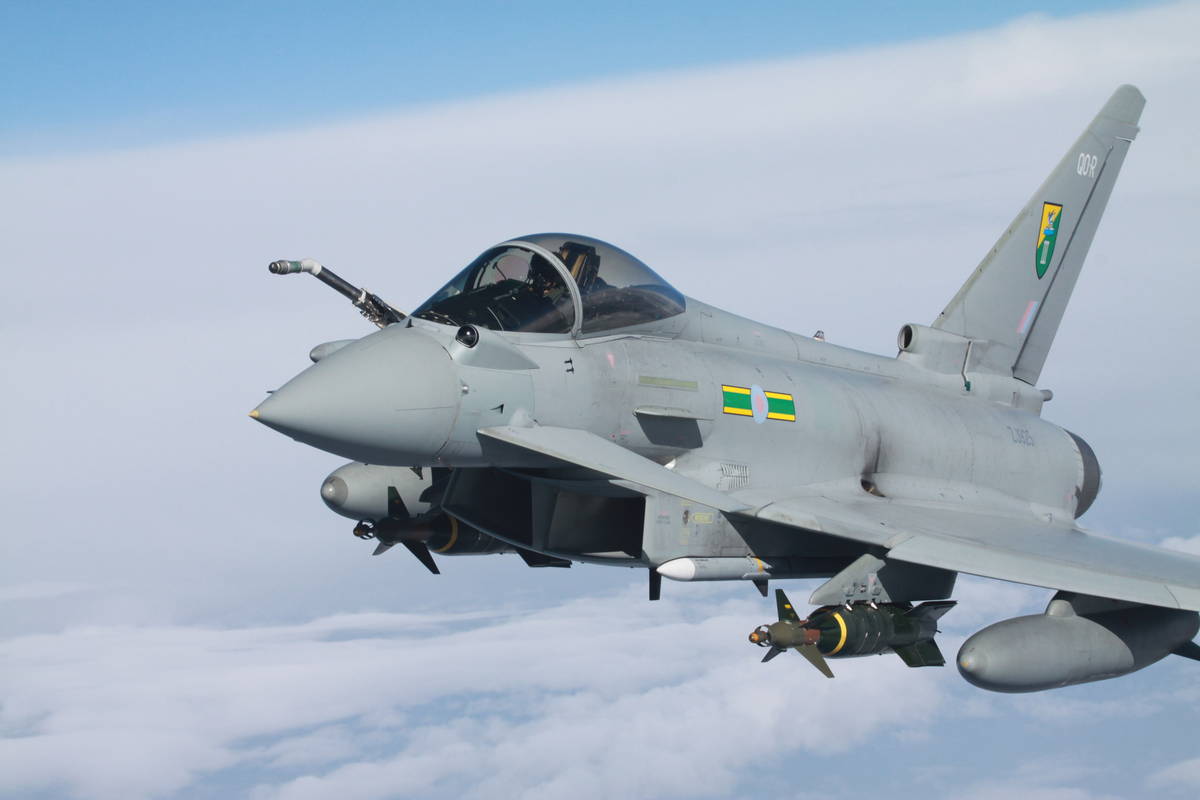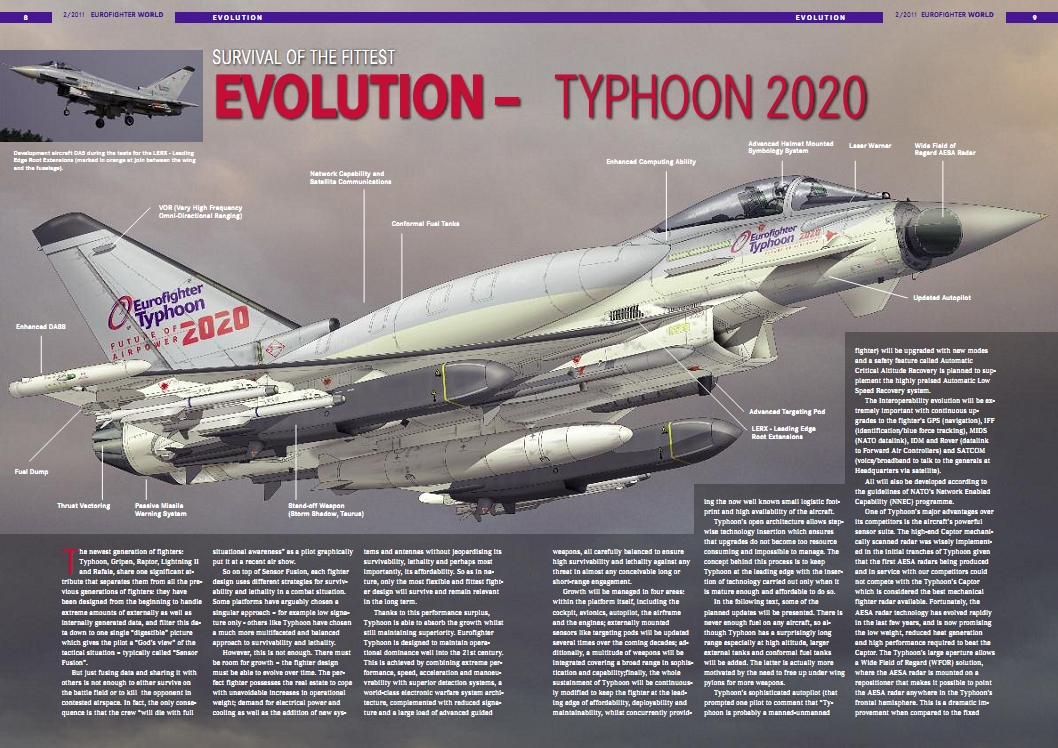Previous debriefings: Archive
With the air campaign in Libya in progress for more than 100 days, I think it’s better to give the blog’s reader an extremely quick recap of the main political and military updates (just to recall the latest developments that can be found on mainstream media) and then focus a bit more on the many “Other interesting things, information and thoughts” section of my Debriefs.
On Jun. 27, the International Criminal Court (ICC) has issued an arrest warrant on suspicion of crimes against humanity for Libyan leader Gaddafi along with his closest aides: his son Saif al-Islam and intelligence chief Abdullah al-Senussi. Libya dismissed the ICC warrant, rejecting the authority of the tribunal.
In the meanwhile, with the air support of NATO, rebels are continuing their advance towards Tripoli: their forces are now within 50 miles from the capital. They have recently seized some Libyan arms depots located 25 km south of Zenten and collected many weapons left on the field by the retreating Gaddafi’s troops. Actually, they have also been supplied with large amounts of rocket launchers, assault rifles, machine guns and anti-tank missiles, into the Jebel Nafusa region by France, Le Figaro newspaper reported on Jun. 28 (citing an undisclosed source). These “humanitarian drops” gave the anti-Government forces the impetus to push towards the capital and to protect undefended civilians that were threatened by loyalists. For sure such air drops could not be done without a prior coordination with NATO, required for planes deconfliction; however, as important as informing partners of such mission was a prior coordination with liaison officers on the ground (like those I talked about on my last report) who could ensure that the dropped “goods” did not go in the wrong hands.
Anyway, NATO and partners’ air and sea activities have contributed to bring some stabilization in certain parts of Libya as Lieutenant General Charles Bouchard, Commander of the Operation Unified Protector, explained in Jun. 28 Press Briefing. Benghazi is now seeing signs of normalcy, while Brega and Ajdabiya continue to stabilize, even if “a significant size force in the Brega area” is still under the regime control.
Further to the west, in the Misratah area, the population has been able to move forward from the port while in the area between Zlitan and Dafiniyah the regime forces have placed around 300 civilians to shield themselves against any operations.
In the west, Nalut area is still under shelling by artillery pieces while fighting in the town of Yafran and Zlitan have stopped. “In Tripoli, the situation remains very tense. We have reports that the population has tried at some places to show some demonstrations against the regime. But these demonstrations have been very severely put down by a very repressive security force” Bouchard said.
Noteworthy, during the Press Briefing NATO showed reconnaissance imagery showing the words “TNX NATO” or “Thank you” written on a road next to a check point or on a roof top to be seen from above: a sign of appreciation for what NATO is doing in Libya from local population.
Dealing with figures of NATO air campaign, since the beginning of Unified Protector (Mar. 31, 08.00GMT) a total of 13.035 sorties, including 4.908 strike sorties, have been conducted.
Above: air strike sorties trend since Mar.31 (courtesy of @88simon88)
Few days earlier, on Jun.10, outgoing US Defense SecretaryRobert Gates had lashed out US European allies complaining that the poorly effective air campaign in Libya was pushing NATO towards “collective military irrelevance.”
US SECDEF condemned European nations for years of shrinking defense budgets that have forced the US to play, once again, a major role in the NATO operation. With frustration, he said:
“The mightiest military alliance in history is only 11 weeks into an operation against a poorly armed regime in a sparsely populated country, yet many allies are beginning to run short of munitions, requiring the U.S., once more, to make up the difference.”
However “a NATO with reduced capabilities is still better than no NATO at all”, he said.
Under a political point of view, another interesting news is that Germany will supply bombs and other ordnance components to help NATO in Libya in spite of Berlin’s opposition not only to join air strikes but also to flying support missions (you’ll remember the decision to remove their crews from NATO AWACS operating in Libya). It looks like the decision came after a request from NATO Maintenance and Supply Agency (NAMSA).
On Jun. 14 Tunisian AF F-5s & reconnaissance helicopters flew along the Tunisia-Libya bordar after Libyan troops fired rockets (thanks to @Marguer_D for the heads up). Tunisian planes had been reported flying along the border as “show of force” even on May 17, after pro-Gaddafi forces had fired shells to retake the border crossing near the small Tunisian town of Dehiba.
Other interesting information, things and thoughts:
1) On Jun. 19 NATO acknowledged that a missile had destroyed a civilian home in Tripoli, saying it may have killed civilians. Although NATO’s bombs had already hit rebels in the past months, it was the first such admission of collateral damages involving civilians in the three-month-long air campaign of airstrikes in Libya.
2) On Jun. 21, a US Navy unmanned helicopter MQ-8B Fire Scout, flying a reconnaissance mission over Libya, crashed at 07.20 AM LT. The only information disclosed by both NATO and USN is that the aircraft crashed on the coast so it is still unknown whether the UAS (Unmanned Aircraft System) lost control or was attacked and from where it was being controlled (even if it must have been a US ship in the area). It would be extremely interesting to know if the drone suffered communication link loss like the example lost on Aug. 2, 2010 when the little remotely-piloted helo, departed from NAS Patuxent River, because of a software glitch flew towards Washington DC and entered restricted airspace before another ground control station was able to regain command of the UAS and directed it to Webster Field, MD.
We already knew that, along with armed US Predators, unarmed US Global Hawks were flying reconnaissance missions in Libya in support of Unified Protector and that these could be soon joined by recently acquired (unarmed) Italian Air Force Predator B (MQ-9 Reaper) based in Amendola, that Italy could use over Libya by mid July. Now we know that also smaller drones flying from ships have been conducting ISR (Intelligence, Surveillance and Reconnaissance) missions.
3) On Jun. 10, the Dutch Government decided to extend the RNlAF contribution to the NATO operation in Libya until September 2011. The six F-16s deployed to Decimomannu airbase will not change their role and will not take part in air strikes.
However, in the same days, the Netherlands were asked to help replenish the RDAF stock because, having flown 346 sorties dropping 565 PGMs to date, Danish F-16s deployed to Sigonella have almost ran out of bombs.
On Jun 9, the Norwegian government decided to keep contributing to Unified Protector with a reduced contingent of 4 (instead of 6) F-16s until Aug. 1. On Jun. 14 Aksel Magdahl provided the following tally of the RNoAF effort in Libya: 198 missions, 445 sorties, 409 bombs dropped. An interesting 6 mins movie about Norwegian missions from Souda Bay can be found here: http://forsvaret.no/aktuelt/publisert/nyheter/Sider/Rundet–2000-flytimer.aspx
Swedish parliament voted 230-18 in support of 3 month extension of SwLm JAS-39 Gripen mission in Libya on Jun. 17. As of Jun. 29, Swedish recce Gripens have conducted 248 missions shooting 130K images (@GripenNews).
4) Canadian air sorties as of 2359Z Jun. 27: CF-188: 461; CC-150: 138; CC-130: 46; CP-140: 82. Dealing with the 2 CP-140s, an interesting article published on the Canada National Defense website, explains that the “Aurora”, originally designed for anti-submarine warfare is being used also in ISR (intelligence, surveillance and reconnaissance) missions.
Here’s an excerpt:
Throughout thosee early maritime surveillance missions, the Auroras showed their top-class form. Not only fast — they can do 400 knots, as fast as the CT-114 Tutor jets the Snowbirds fly — Auroras have plenty of stamina, staying aloft for up to 12 hours. They carry an array of sensors to gather and record the precise, reliable intelligence, surveillance and reconnaissance (ISR) data required to create a clear picture of the situation at ground level or at sea. With this unique combination of capabilities, the Auroras were a natural choice for inland ISR missions, and they now provide ISR data on Libya’s coastline, highways and command and control centres.
“This is a new role for us,” said Captain Stephanie Hale, the Air Combat Systems Officer and Operations Officer on Roto 0 of the Sigonella detachment. “The new mission suite systems, including electro-optic infrared and overland equipment, have changed what we’re able to provide, and changed where we’re able to work.”
For what concerns the CF-188s, on the Canadian Combat Camera website I’ve found a nice picture of a Hornet being washed (on Apr. 20) on arrival to Trapani from Iceland. Interestingly, it’s using the same “showers” used in the past by the 82° CSAR HH-3F of the ItAF based in Trapani as the picture below on the right (taken in 2008) shows.
According to what a senior Canadian official told AFP on condition of anonymity, the Canadian Air Force has decided to pull out of the NATO AWACS program to trim costs and eliminate budget deficit.
5) The recent Paris Air Show 2011, at Le Bourget, gave both Eurofighter and Dassault the opportunity to showcase their now combat-proven fighters, shortlisted for the Indian MMRCA tender. Hence, Typhoon and Rafale fought virtually with a series of press briefings and war stories aimed at showing aircraft advantages on competitor hiding its flaws.
The “omnirole” Rafale can claim to have been the first aircraft to enter to Libyan airspace on Mar. 19 (even though I’ve already explained this happened in the Benghazi area where the risk of SAM and AAA fire was low) thanks to the Spectra integrated defensive aids suite developed by Thales. For sure although it can’t be considered as multirole as to be capable to perform a typical SEAD strike as an F-16CJ or a Tornado ECR, the French plane has the possibility to combine its sensors (such as the Spectra) and the AASM (Armement Air-Sol Modulaire – Air-to-Ground Modular Weapon) PGM to identify, designate and hit ground targets. Furthermore, during Unified Protector, the AASM demonstrated to be effective against a tank at a range of 57 km.
The Rafale will also be the first European combat plane to use an electronic scanning radar; with “Tranche 4”, expected to be handed over from 2013, the 60 French upgraded Rafales will carry an AESA (Active Electronically Scanned Array) RBE2 radar (compatible with long range METEOR air-to-air missiles) whose beam can be pointed from one area to another one quickly, in all weather and in a jammed environment, and that can be used in air-to-air and air-to-ground modes at the same time, with an enhanced detection capability.
Image: French MoD
RAF 11 Sqn’s Squadron Leader Rupert Joel, just returned from Gioia del Colle, met the press at Le Bourget to talk about Typhoon’s sorties in Libya. He explained that Tornado GR4s are flying joint sorties with Eurofighter Typhoons as happened during Desert Storm, when Buccaneers accompanied Tornados in Iraq. Mixed pairs have been useful because “Tonka” navigators have assisted Typhoon pilots with laser targeting although GPS-guide has been preferred in many cases.
A typical sortie lasts 5.5 hours requiring three air-to-air refuellings. Some missions lasted up to 9 hrs. Typhoon usually carry four Enhanced Paveway II GPS/laser-guided bombs, a Litening III targeting pod, and AIM-120 air-to-air missiles (as picture below, released by Eurofighter, shows).
Slightly Off Topic
So, who’s gonna win in India? Difficult to say. Surely, Rafale is a more mature plane, capable of performing a wide variety of missions, from SEAD(-lite) to reconnaissance, and it is already available in navalised version for aircraft carrier ops. BTW for all Rafale news, info, configurations, etc, I suggest you to visit the Rafale News blog.
However, Eurofighter already has export customers that Rafale lacks, and it has an attractive user community that could give stronger strategic ties with 4 European nations. Furthermore, the Typhoon has a more powerful engine, a better BVR capability and is able to pull max G-load while launcing its weapons and carrying three external fuel tanks. It has also an extensive air-to-air missile load and can perform supersonic launching while supercruising with a large missile load. The Typhoon has a very lightweight operational bifocal Helmet Mounted Display, which in combination with the IRIS-T or ASRAAM High Off Boresight Missiles provides the F-2000 with superior dogfight capabilities. So, it’s a lethal weapon in the air-to-air scenario, and it has a potential still to be developed to become a real multirole. Finally, Eurofighter is working on a navalised Typhoon too….
6) Times Of Malta website has a video showing the last French emergency landing in Malta international airport in the night between Jun. 30 and Jul. 1. It’s the second to involve Rafales. Although Times Of Malta says it is the first time, another Rafale diversion took place on Jun.8, 2011.
7) Again slightly off topic.
On Jun 22, Alenia Aeronautica, announced that it is evaluating the feasibility of an aircraft for the Italian Air Force to support National Special Forces Operations.
“The Italian Defence has decided to launch the so called Pretorian Programme, as a special version of the C-27J, in order to analyse potential technical solutions for providing weapons and integrated weapon systems, Communications Intelligence (COMINT), EO/IR Sensor (Electro optical/Infra-red) to the C-27J Aircraft, as existing platform”.
It would be interesting to know whether this aircraft is intended to replace or to support the only Italian G-222VS (currently used in Libya under NATO command).
8) More ItAF updates? Check its official website or the Italian MoD one once a week.

